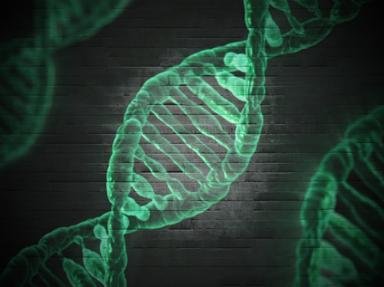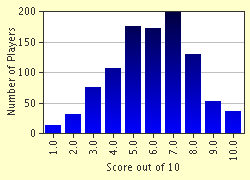Quiz Answer Key and Fun Facts
1. In double stranded DNA how do the four bases (C,A,T,G) pair up with each other?
2. During DNA replication what is the first process to occur?
3. DNA replicates through what process?
4. Which of the following enzymes is not as involved in DNA replication as the others?
5. What is the name given to the short stretches of DNA formed on the lagging strand?
6. The fragments of DNA formed on the lagging strand are approximately how many nucleotides in length in prokaryotes?
7. Which of the following is NOT a function of DNA polymerase I?
8. DNA helicase is found where?
9. What is the function of DNA polymerase III?
10. Which three people were awarded the Nobel Prize for the discovery of the structure of DNA: the double helix?
Source: Author
kylie_wags
This quiz was reviewed by FunTrivia editor
crisw before going online.
Any errors found in FunTrivia content are routinely corrected through our feedback system.

